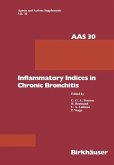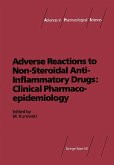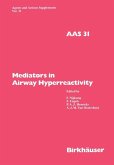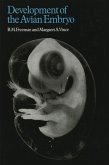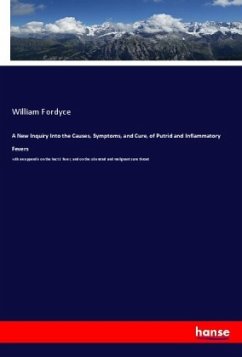In previous studies (1,2) we demonstrated the occurrence of a foetal protein after injury in the rat. This protein, behaving as an acute phase protein, proved to be already known as slow a2 glo bulin (3), or reproduction associated protein (4). Furthermore it is identical to aM foetoprotein (also known as a2FP or aMFP (5) ). This protein is quite different to the well-known a-foetoprotein (aFP), occurring in man and other species during liver carcinoge nesis and some other tumours. aMfoetoprotein (aMFP) is a glycoprotein with a mol.w. of 800.000. It is produced in the liver (6,2) and in the normal adult rat the plasma concentrations are rather low, about 0 - 40 ~g/ml. During fetal development the plasma level in the fetus is much higher (about 6000 ~g/ml), diminishing rapidly after birth to adult levels. But after injury (laparotomy, deep incision, partial hepatectomy followed by regeneration, BaS04 or CdS04 intraperitoneally), plasma levels increase fastly, reaching peak values of 1000 - 8000 ~g/ml after 24 - 48 hrs, declining thereafter gradually. Also very small lesions, as orbital punction, venasection, cannulations, small infections and so on, cause moderate rises of plasma levels up to 80 - 120 ~g/ml. During fetal stage the inflammatory reaction often lacks some of its characteristic features: oedema and infiltration of leucocytes are often rather scanty (7). Also is known that in exudates proteins occur, inhibiting experimen tal inflammations (8,9).
Hinweis: Dieser Artikel kann nur an eine deutsche Lieferadresse ausgeliefert werden.
Hinweis: Dieser Artikel kann nur an eine deutsche Lieferadresse ausgeliefert werden.



